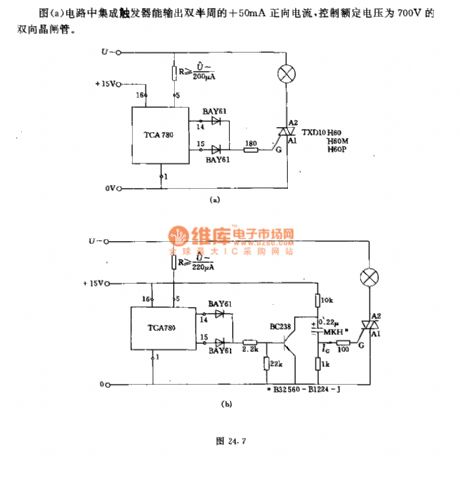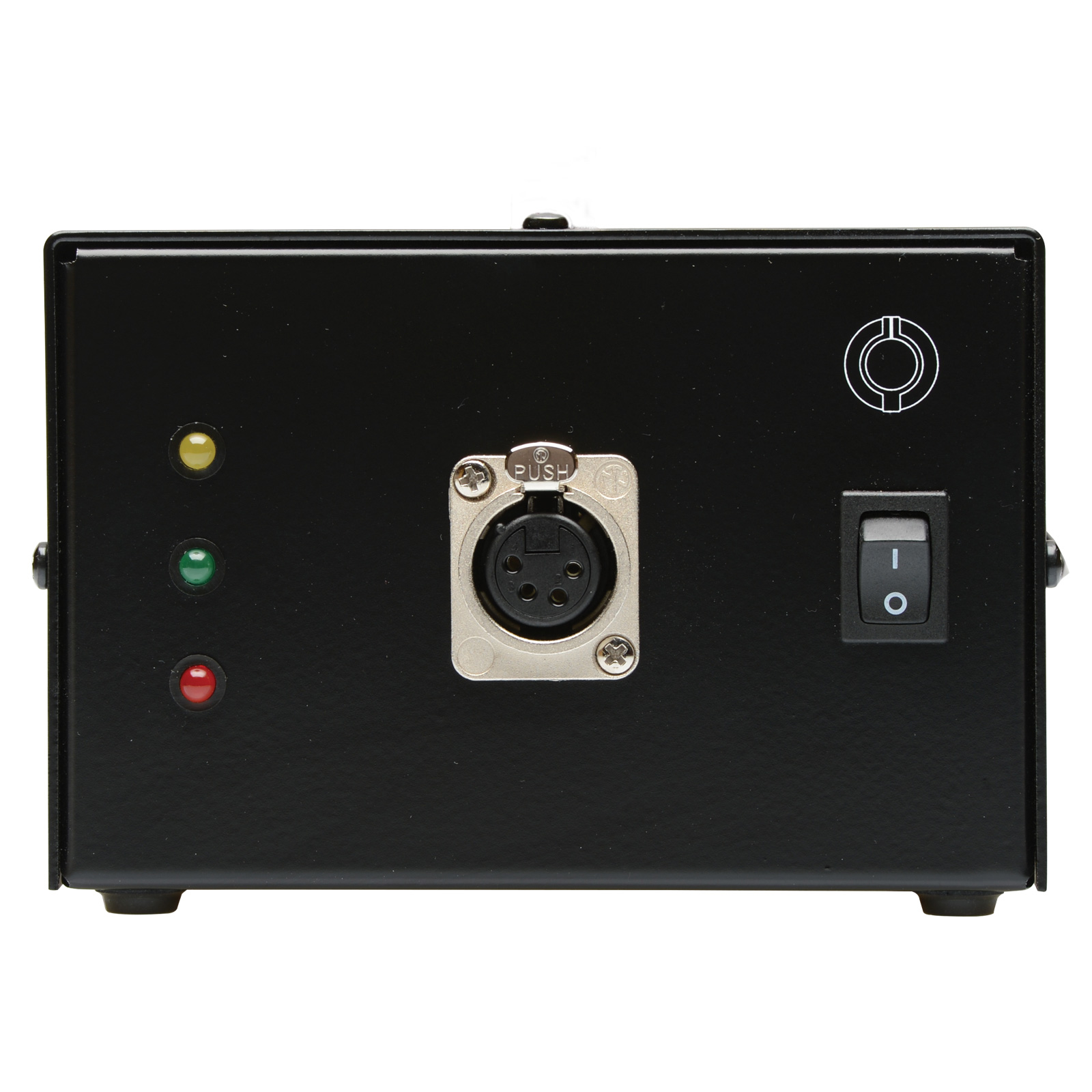
SSL used back-to-back polar electrolytics in the 82E149 preamp.
BI POLAR CAPS IN SIGNAL PATH PDF
The pdf is here: As to aluminum electrolytic coupling caps in phantom power applications and the discussion regarding polar vs. Thought it might be of general interest as well as specific to this topic. I found an older article in Audio Magazine Feb-Mar 1980 by Jung and Marsh. You need to do something to keep them quiet. Some people wrap the iput caps in copper foil or put them in a mu-metal shield.

Polystyrene is biggest, therefor, the most susceptible to noise. The noise of a mic preamp is dominated by the source impedance, so even with a low impedance mic connected, if your cap is on the edge of being too small, the noise of the preamp rises as the frequency goes down, since the impedance of the input cap is going up as frequency drops, making the source impedance appear bigger than it really is, and therefore noisier. If the cap is smaller than this things get thinner sounding, funky on the bottom, and maybe to some surprizing, but noisier too. It's a little lite for me for frequency response and phase, but it's a starting point. You need about 10uF minimum on each input leg if the bias resistors of the circuit are in the 10K range. The problem with film caps is their shear size, they become sensitive to external fields, just like transformers. I prefer film caps, polystyrene is best, polycarbonate types pretty good. A fellow Australian, Rod Elliott, Who's Web page contains the word westhost mentions Bateman in an article on caps. Scanning through some of Bateman's measurements the highest THD figure re polar caps is 0.00461% I used the name Cyril Bateman as a search term in Google and came across a few references.

Even though bipolar electro's would appear to be a good choice for use in an audio signal path it is doubtful if the distortion generated from any combination of DC bias voltage and AC signal level for a polar capacitor would be audible. In the Dec 2002 issue that I have in front of me the bipolar capacitor distortion for the unbiased state is described as miniscule at one tenth that of a polar capacitor and just 50% greater than a reference (film) capacitor. I have these articles, but have not found all of them yet.

The author was Cyril Bateman, a retired? capacitor designer. The most extensive investigation into capacitor distortions that I am aware of appeared in the English magazine Electronics World for July,Sept,Oct,Nov,Dec 2002 and Jan 2003. The Panasonic ECWF film caps go up to 6.8uF in value.Sorry that I do not have a short answer to your question, but I may be able to steer you in the direction of some answers. My question is, what film cap value would be suitable for replacing the 100uF electrolytics without audibly cutting the bass response? Would 4.7uF be a good value? It’s a value I see used a lot on various pre-amp outputs. Circuit diagram viewable from Keith Snook’s website below: There’s a pair of 100uF couplers just before the ALPS volume control (to protect from any wear due to DC) at positions C30/C31, and there’s also a pair on the Quad 34s outputs too, C77/C78. I’d also respectfully request this thread doesn’t turn into any objectivist/subjectivist battles over cap types I will use the Panasonic ECWF 250V polypro caps as I’ve been very happy with them in other projects in signal coupling positions, they’re very reasonably priced and not stupidly large like many ‘audiofoo’ brands. However my OCD side would also like to finally ‘finish’ the project and dispense with the remaining 100uF electrolytic couplers with film caps for longevity (they shouldn’t ever need to be replaced) and possible sound quality benefits. Over the past few years I’ve updated the op-amps, the cmos switches, and have removed most of the electrolytic 100uF coupling caps, replacing them with wire links.

I have a circa-1986 era grey Quad 34 which I use with a Quad 606.


 0 kommentar(er)
0 kommentar(er)
